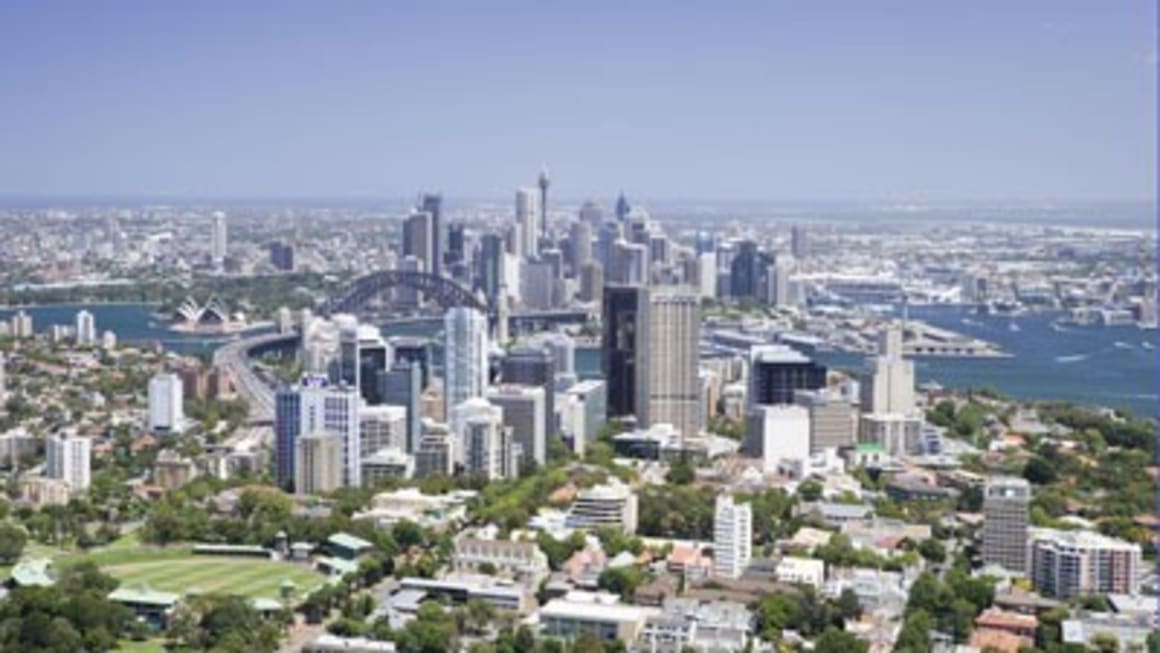Fringe office markets outpace metro neighbours

Non-CBD markets vacancy rates are declining at three times the speed of their CBD neighbours, according to The Property Council’s latest Office Market Report.
The non-CBD market vacancy dropped by 0.9% over six months to July 2011 to 10.5%.
Over the same period vacancies in CBD markets declined from 8.7% to 8.4% while across all office market vacancies decreased from 9.6% to 9%.
East Melbourne, where the vacancy rate fell from 5.4% to 2.5% over the period, is the most tightly held significant office market nationally.
Vacancies on St Kilda Road, recently identified as the hottest office market in Australia by Savills, (24,000 square metres lased over the second quarter of 2011) declined only marginally from 14% to 13.4%.
However, CBRE director of office services Grant Tinker says the latest figures did not give an accurate indication of how robust and active the St Kilda Road market had been.
“We expect a massive decline in vacancy rates in the next survey,” he says.
“Many large transactions have been agreed or are close to being agreed, which will take a few months to work through the figures. 636 St Kilda Road is the only building in the precinct that can offer large space (3,000 square metres plus) on contiguous floors, and we will very quickly run out of available stock,” he says.
Vacancies also declined strongly in Melbourne’s Southbank market, falling from 7% to 5.7% over the period. In June 2010, the Southbank vacancy rate was 9.7%.
Strong falls in vacancies also occurred in the Chermside market, north of the Brisbane CBD, falling from 6.5% to 5.7% over the six-month period. A year ago the vacancy rate was at 8%.
Jennelle Wilson, Knight Frank’s associate director of research in Queensland, says the secondary Brisbane market has been a major beneficiary of mining, engineering and projects in the Brisbane CBD.
“This market has rebounded from the lows recorded 12 months ago. Average gross face rents increased by $20 per square metre over the past six months to be $525 per square metre and incentives have tightened from 28% to 26.5% over the same period. On an annual basis this represents gross effective rental growth of 7.1% over the past year,” she says.
North Sydney is another strong fringe performer, with vacancies falling from 11.8% to 9.2% from July 2010 to July 2011 compared with the Sydney market, where vacancies have increased from 8.3% to 9.3% over the same period.
Peter Flint, CBRE state director of office services, says that the north shore office market would change the most dramatically out of the Sydney metro markets, and vacancy rates would change substantially over this quarter.
“The main vacancies in North Sydney are centred in B-grade stock and A-grade vacancy in contiguous floors is virtually non-existent,” Flint says.
“The sheer size of each of the three approved development sites in north Sydney means that the existing space vacuum won’t change anytime soon. This is forcing larger occupiers to look up the line to St Leonards where again the direct vacancy of 43,000 square metres is concentrated in lower-quality buildings and big take-ups are predicted in A-grade buildings in this quarter.”
Flint says the pressure-relief valve is Chatswood, which has the highest vacancy in NSW at 17%.
But like St Kilda, he believes these deal evidence and space take-up in the current quarter will lead to a dramatic drop in the direct and sublease vacancy numbers.
“We are tracking 5,000 square metres of our own deals in that market for the month of August,” he says.
The non-CBD sector is also likely to be boosted by a greater demand for space from large corporates, according to CBRE.
Recent office reports have forecast that more large corporates will look to lease office space in fringe CBD markets due to a lack of large floor plate space.
An influx in big business is also expected in inner-Sydney suburbs like Pyrmont and Ultimo, where prime gross office rents are on average 43% lower than the nearby CBD.
The decline in vacancy rates nationally was the result of stronger demand and lower-than-average supply combined with resurgent occupier confidence around the country.
On the demand side, 219,059 square metres of new office space was leased over the period, 18% above the 20-year historic net rent average of 185,743 square metres.
On the supply side just 198,999 square metres of space was added over the six months to July 2011, 35% below the 20-year historic average of 303,743 square metres.
CBRE executive director of global research and consulting Kevin Stanley says the results support the recent actions of investors to weigh into the office sector.
“Market fundamentals are continuing to improve and this will inevitably lead to a rise in rents and values,” he says.
”While most leasing agents report that low business confidence is resulting in protracted leasing negotiations, ultimately more office space is being filled across Australia. The ongoing expansion of occupied business space has pushed vacancy down in the first six months of 2011 in all major office markets, except the Sydney CBD.